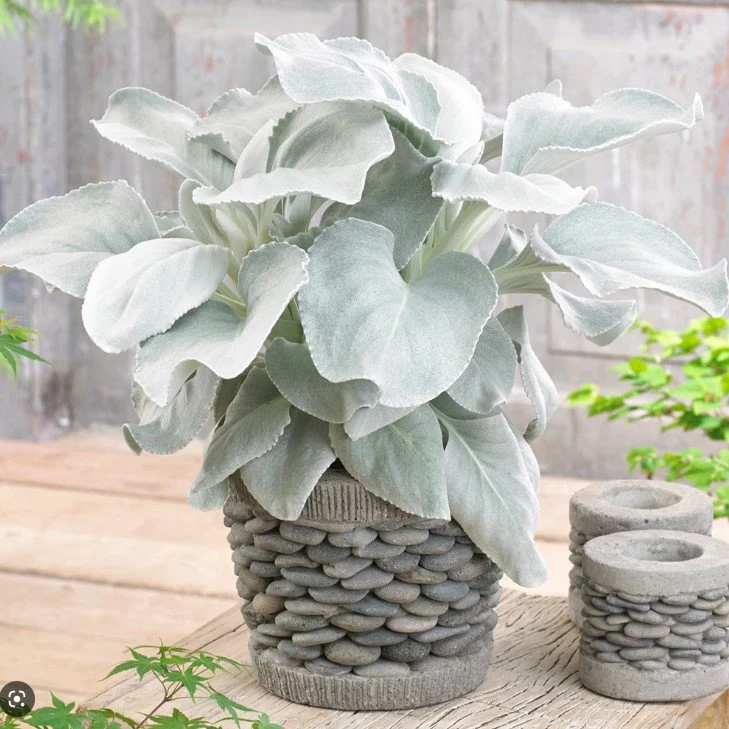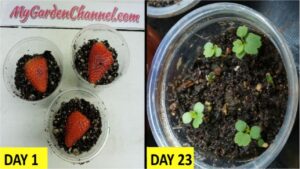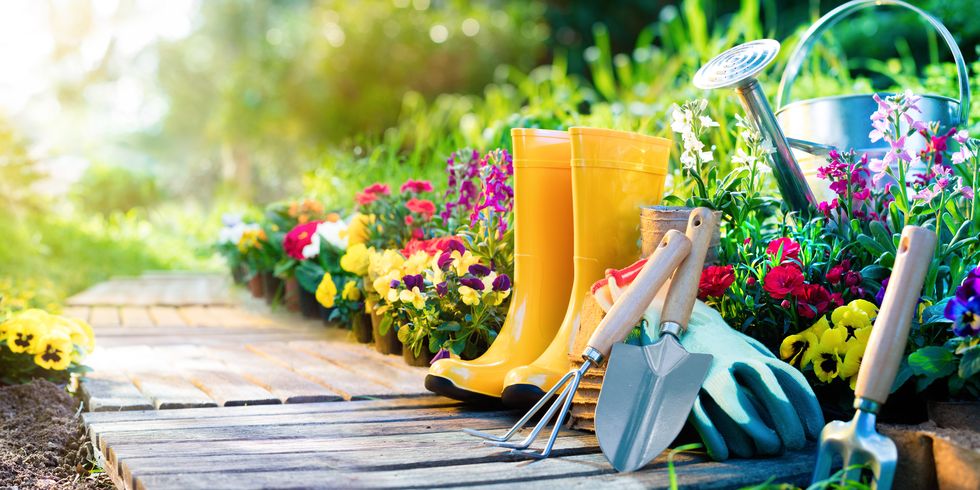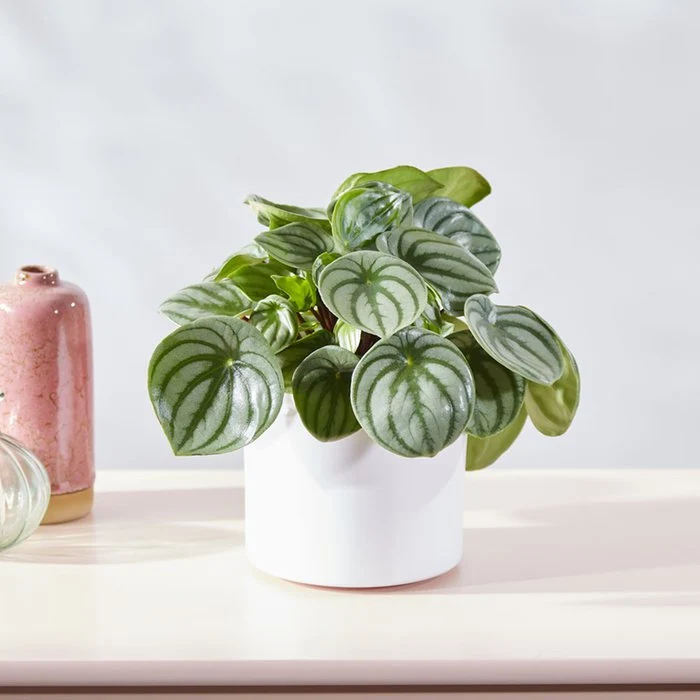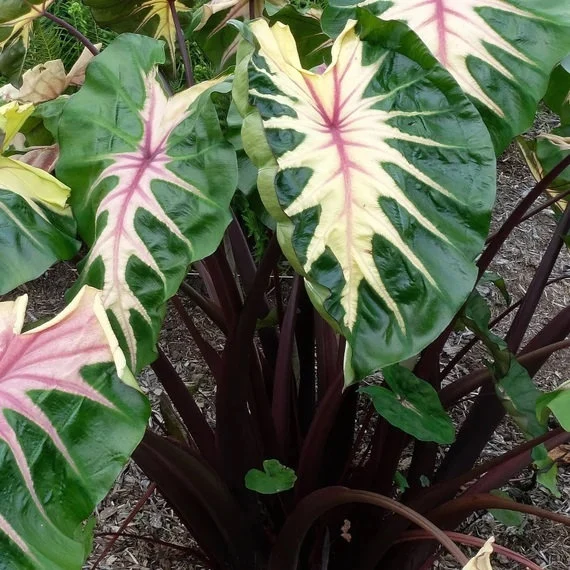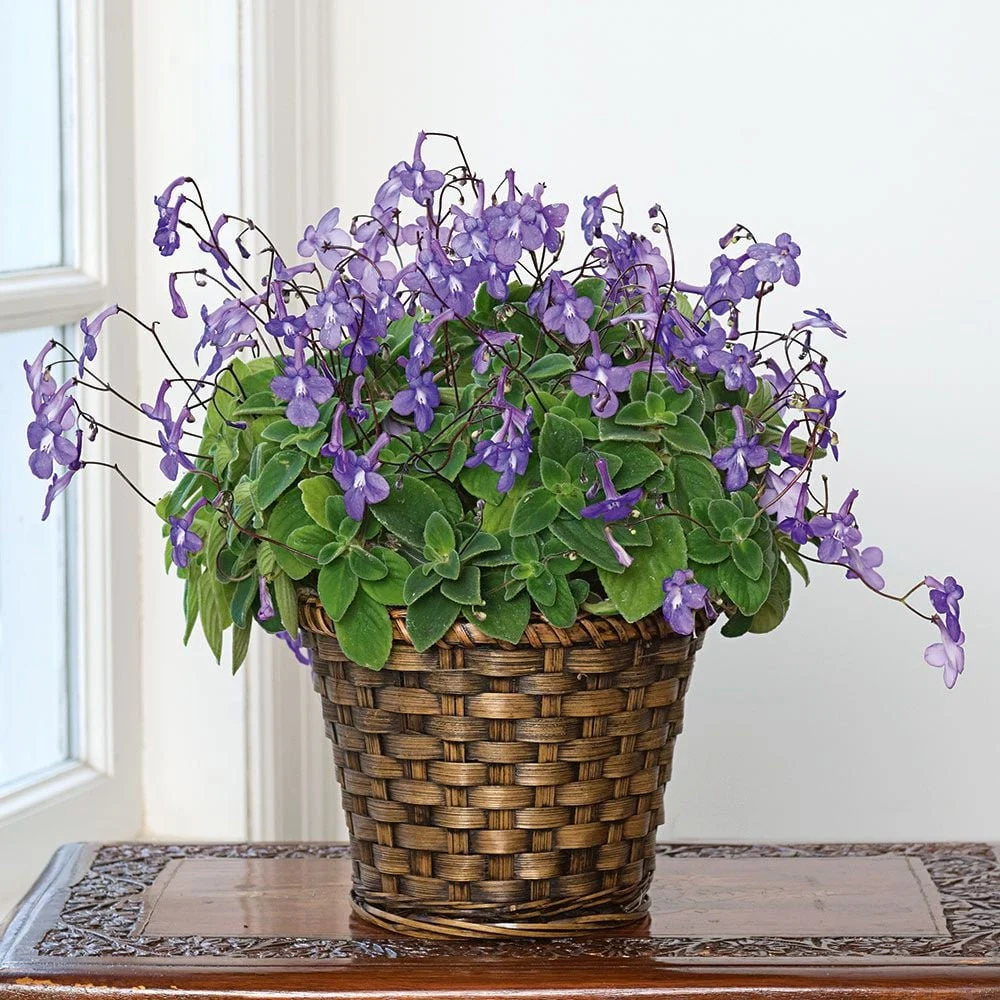
Angel Wings (Senecio candicans ‘Angel Wings’) is a striking ornamental plant known for its large, velvety, silver-white leaves. This drought-tolerant perennial is favored for its unique foliage and low-maintenance care requirements. Proper care ensures its longevity and vibrancy. This guide covers essential aspects of Angel Wings plant care, including light requirements, watering, soil needs, fertilization, temperature, pruning, propagation, pest control, and seasonal maintenance.
1. Light Requirements
Angel Wings plants thrive in full sun, requiring at least six hours of direct sunlight daily. While they can tolerate partial shade, too little sunlight may result in leggy growth and a duller leaf color. If grown indoors, place them near a bright window with ample light exposure.
2. Watering Needs
These plants are drought-tolerant and prefer moderate watering. Water deeply when the top inch of soil is dry, ensuring the soil drains well to prevent root rot. During hot weather, occasional deep watering is beneficial, but overwatering should be avoided. Reduce watering frequency in cooler months.
3. Soil Requirements
Well-draining soil is crucial for Angel Wings plants. A sandy or loamy soil mix with good aeration is ideal. If growing in containers, use a cactus or succulent soil mix to ensure proper drainage. Avoid heavy, compacted soils that retain excessive moisture.
4. Fertilization
Angel Wings plants do not require heavy feeding. Apply a balanced, diluted liquid fertilizer once a month during the growing season (spring and summer) to support healthy growth. Over-fertilization may lead to excessive foliage growth at the expense of leaf color and texture.
5. Temperature and Humidity
This plant prefers warm temperatures between 60°F and 80°F (16°C – 27°C). It is not frost-hardy and should be protected from temperatures below 40°F (4°C). If grown in colder climates, consider moving potted plants indoors during winter or providing frost protection.
6. Pruning and Maintenance
Regular pruning helps maintain the plant’s shape and encourages new growth. Remove any damaged or yellowing leaves to keep the plant healthy. Pinching back leggy growth promotes a fuller, more compact appearance.
7. Propagation
Angel Wings plants can be propagated through stem cuttings. In spring or early summer, take a healthy cutting, allow it to dry for a few hours, then plant it in well-draining soil. Keep the soil slightly moist until roots establish.
8. Common Pests and Diseases
These plants are relatively pest-resistant but may occasionally attract aphids, mealybugs, or spider mites. Inspect leaves regularly and use insecticidal soap or neem oil if infestations occur. Ensure proper air circulation to prevent fungal issues like powdery mildew, especially in humid conditions.
9. Seasonal Care
In spring and summer, provide ample sunlight and moderate watering. Reduce watering in fall and winter when the plant enters dormancy. If overwintering indoors, place in a bright, cool location and avoid overwatering.

